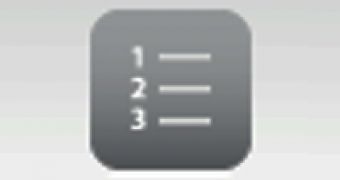“They're pronounced the same, but, technically speaking, there is a distinct difference between a disc and a disk,” Apple reveals in a Support document, which aims to clear up confusion surrounding the two terms. “What's the difference between a ‘disc’ and a ‘disk?’,” last modified on October 21, 2009, lists “Mac OS” and “Discs” as affected products.
Apple begins by outlining the particularities of a “disc,” saying, “A disc refers to optical media, such as an audio CD, CD-ROM, DVD-ROM, DVD-RAM, or DVD-Video disc. Some discs are read-only (ROM), others allow you to burn content (write files) to the disc once (such as a CD-R or DVD-R, unless you do a multisession burn), and some can be erased and rewritten over many times (such as CD-RW, DVD-RW, and DVD-RAM discs).” In all cases, a compact disc is what Apple calls a “disc,” period.
Also, “All discs are removable, meaning when you unmount or eject the disc from your desktop or Finder, it physically comes out of your computer,” Apple says. It is obvious that, for some users, confusion strikes when they feed a “disc” to their Mac, followed by the Mac OS X “Disk” Utility being launched automatically. However, the Disk Utility indexes not only internal and external “disks,” but also optical media (compact discs), and other volumes.
“A disk refers to magnetic media, such as a floppy disk, the disk in your computer's hard drive, an external hard drive,” Apple continues to stress. “Disks are always rewritable unless intentionally locked or write-protected. You can easily partition a disk into several smaller volumes, too,” the company explains. “Disks are usually sealed inside a metal or plastic casing (often, a disk and its enclosing mechanism are collectively known as a 'hard drive'),” the Support document reveals.

 14 DAY TRIAL //
14 DAY TRIAL //